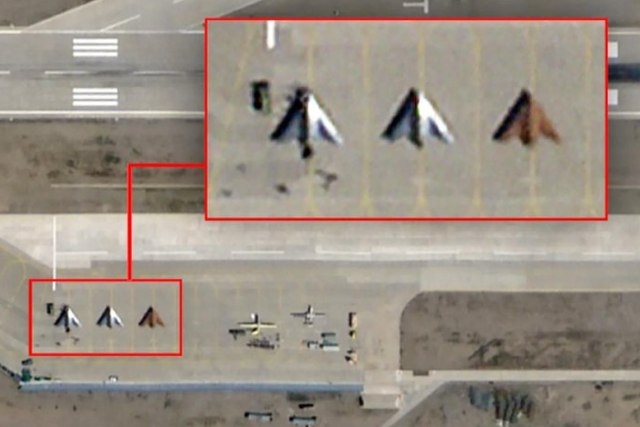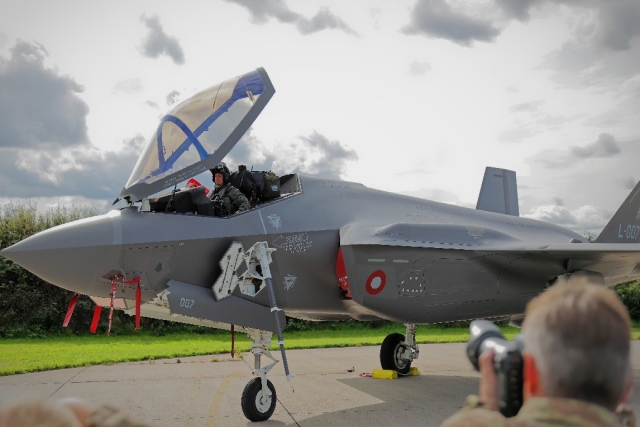US Air Force KC-10 Extender Tanker Aircraft Fleet Modification Complete

Travis and Joint Base McGuire-Dix-Lakehurst, New Jersey have completed modifying the 59th and final KC-10 tanker aircraft fleet modification, signifying the completion of a six-year project.
Since 2011, KC-10 fleets at Travis and Joint Base McGuire-Dix-Lakehurst, New Jersey, have been undergoing flight management system modifications. The new system, called the Communication, Navigation, Surveillance/Air Traffic Management system, modernizes the aircraft, increases mission effectiveness and improves fuel efficiency, Air Mobility Command said in a statement Wednesday.
Aircrews previously operated the Flight Management System 800, but have gradually been turning over to the CNS/ATM, developed by an Air Force contracting company. Multiple tankers from Travis and JBMDL were flown in succession over the course of the project to Will Rogers World Airport, Oklahoma City, Oklahoma, to undergo the modification. Once there, the modification process took several months to complete.
Capt. Melissa Hughes, 9th ARS instructor pilot said, “There has been a ton of spotlight on the KC-46 [Pegasus] as the tanker of the future, but the KC-10 has been an important asset for the last 35 years and will remain relevant for years to come with this upgrade.”
The ACF consisted of seven approaches and various flight maneuvers fully testing the modification.
Upon a successful landing from the ACF, the crew of four was presented with a coin from the contracting team, signifying the completion of the entire project and the acceptance of the 59th aircraft.
The previous FMS 800 system used gyroscopes to display functions and status of the aircraft, such as the accelerometer. These gyroscopes would often overheat and require maintenance.
“The old gyroscopes generated a lot of heat, which affected other components [of the aircraft],” he said. “They would fail.”
The CNS/ATM replaces the old gyroscopes with an infrared laser system. The system increases accuracy while generating significantly less heat, which in turn increases fuel efficiency for the aircraft, said Flenniken.
The CNS/ATM also features a working phone, allowing aircrews to call anywhere in the world right from the aircraft, in flight. This capability makes a world of difference in communication, said Staff Sgt. Ryan Young, 6th ARS instructor flight engineer.
The CNS/ATM is more reliable and decreases workload for both aircrew and maintenance, said 1st Lt. Robert Bedell, 9th ARS pilot.










